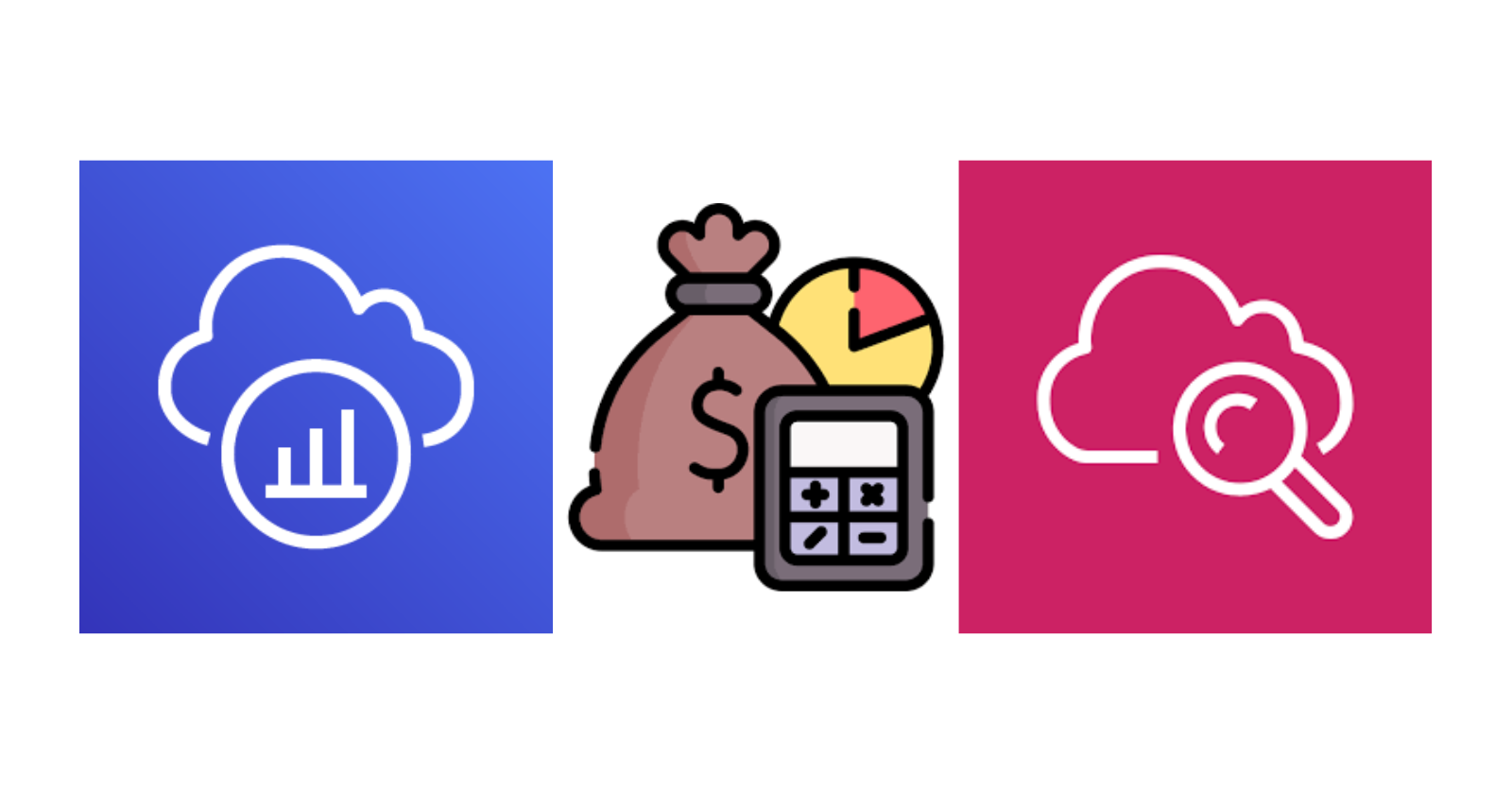Estimating Observability Costs in AWS
 Raul Naupari
Raul Naupari
Observability is a crucial practice that allows us to understand a system's behavior from the outside by leveraging logs, traces, and metrics. Over the years, it has become easier to implement due to the maturity of cloud providers and industry standards. However, this ease of integration can make us overlook the associated costs, which often go unnoticed until the monthly bill arrives.
In this post, we will walk through the process of estimating basic observability costs using AWS CloudWatch and AWS X-Ray for an API that will handle 1,500,000 requests per day and has the following non-functional requirements:
Log the request and response body (the log entry in UTF-8 format has an average size of 0.25 KB).
Each log entry should be available for three months.
Tracing is needed for 10% of the requests.
Five metrics (no dimensions) will be published every minute.
An alarm will be set up for each metric.
A single dashboard will be used to visualize all the metrics.
Free tier quotas are not considered during the calculations.
Logs
For AWS CloudWatch Logs, the main factors contributing to the cost are ingestion, storage, retrieval, and transfer. The retrieval and transfer costs depend on how the logs are used, so we will ignore them in our calculation.
Average size of a log event = 0.25 KB
Number of log events per day = 1,500,000
Total data volumen per month = 30 days * 1,500,000 events * 0.25 KB = 10.7 GB
Ingestion costs = 10.7 GB * $0.50 per GB = $5.35
Log retention period = 3 months
Log compression factor = 0.15
Storage cost = 10.7 GB * 0.15 * 3 months * $0.03 per GB = $0.14445
The number of log events per day is derived from the number of requests. Therefore, the total monthly cost to ingest and store the logs for three months is $5.49445.
Tracing
For tracing, the main cost factors when using AWS X-Ray are recording, scanning, and retrieval. Since scanning and retrieval costs depend on trace usage, we will ignore them in our calculation.
Number of traces per day = 1,500,000
Sampling rate = 0.10
Total traces per month = 1,500,000 * 0.10 * 30 days = 4,500,000
Recording costs = 4,500,000 * $0.000005 = $22.50
The number of traces per day is equal to the number of requests. Therefore, the total monthly cost to record traces is $22.50.
Metrics
The cost structure of AWS CloudWatch depends on the number of metrics per month and the calls to the PutMetricData API needed to push the data points. Alarms and dashboard costs, like metrics, depend solely on the number of instances per month.
AWS CloudWatch treats each unique combination of dimensions as a separate metric, even if the metrics have the same name. For example, a metric with one dimension and a cardinality of four is considered four metrics from a cost perspective. If we add another dimension with a cardinality of three, we now have twelve metrics.
Number of metrics per month = 5
Metrics costs = 5 * $0.30 = $1.50
API call frequency = 1 per minute
API calls per month = 5 * 1 * 60 minutes * 24 hours * 30 days = 216,000
API costs = 216,000 * $0.00001 = $2.16
Number of alarms per month = 5
Alarm costs = 5 * $0.10 = $0.50
Number of dashboards per month = 1
Dashboard costs = 1 * $3.00 = $3.00
Therefore, the monthly cost for metrics, alarms, and dashboards is $7.16. Using Embedded Metric Format (EMF) to embed metrics directly within structured log events replaces the API costs with the log costs mentioned earlier.
Conclusions
By breaking down the costs associated with logs, tracing, and metrics, we can better understand where our budget is going. This helps us optimize our cloud expenses and avoid unexpected costs. Please check the updated AWS CloudWatch prices and the AWS X-Ray prices before doing your own calculations. Thanks, and happy coding.
Subscribe to my newsletter
Read articles from Raul Naupari directly inside your inbox. Subscribe to the newsletter, and don't miss out.
Written by

Raul Naupari
Raul Naupari
Somebody who likes to code